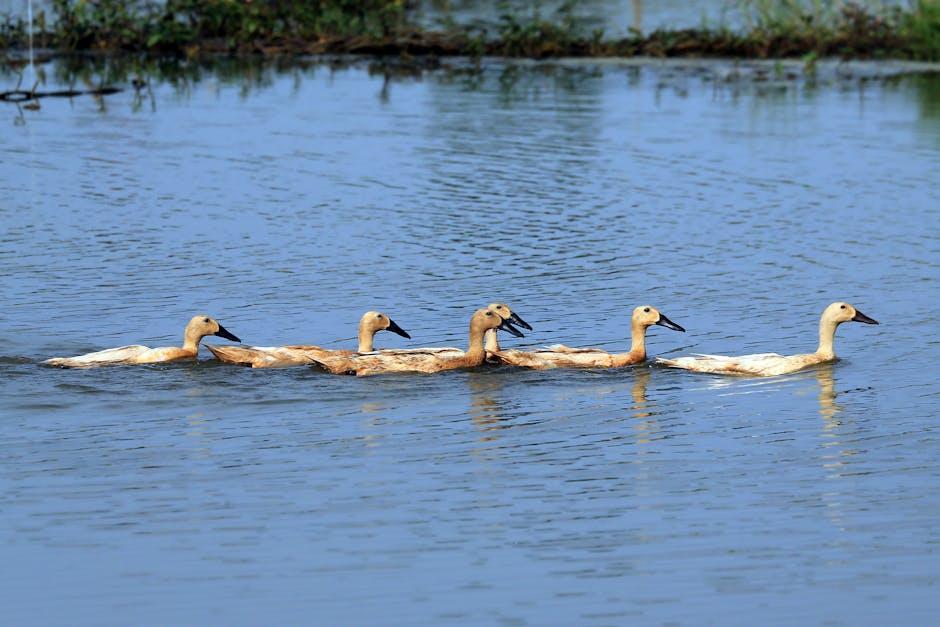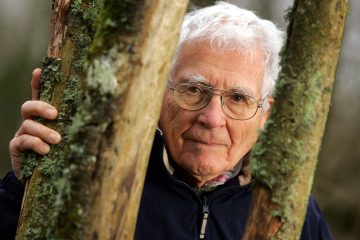In the vast tapestry of scientific thought, certain ideas shine like beacons, illuminating new paths of understanding. Enter James Lovelock, a maverick mind whose theory has captured the imagination of many. In this article, we delve into the depths of the James Lovelock theory, exploring its origins, implications, and the profound impact it has had on the way we view the intricate web of life on our planet. Join us on a journey of discovery as we unravel the threads of Lovelock’s bold hypothesis and its relevance in today’s ever-evolving world of science and ecology.
Table of Contents
- Exploring James Lovelock’s Gaia Hypothesis: A Revolutionary Perspective
- Unveiling the Interconnectedness of Earth’s Systems According to Lovelock
- Analyzing the Implications of Lovelock’s Theory on Climate Change
- Implementing Sustainable Practices in Light of Lovelock’s Ecological Insights
- Q&A
- To Conclude

Exploring James Lovelock’s Gaia Hypothesis: A Revolutionary Perspective
James Lovelock’s Gaia hypothesis presents a fascinating view of Earth as a self-regulating organism, challenging conventional scientific thinking. By viewing the Earth as a single entity, Lovelock suggests that the planet actively maintains conditions suitable for life.
This revolutionary perspective highlights the interconnectedness of all living and non-living elements on Earth. The idea that the Earth functions as a complex system, akin to a living organism, opens up new avenues for understanding environmental dynamics and the impact of human activities on the planet.

Unveiling the Interconnectedness of Earth’s Systems According to Lovelock
James Lovelock’s Gaia hypothesis proposes that the Earth is a self-regulating system where all components interact to maintain life. This interconnectedness of Earth’s systems highlights the delicate balance that sustains our planet’s habitability. Lovelock’s theory challenges traditional views of the Earth as a passive environment, showcasing the dynamic and complex relationships between the atmosphere, oceans, land, and life forms.
Through Lovelock’s perspective, we see how changes in one part of the Earth system can have far-reaching effects on others. For example, alterations in the ocean currents can impact global climate patterns, demonstrating the intricate web of interactions within our planet. Embracing the concept of Gaia invites us to appreciate the Earth as a living organism where each element plays a crucial role in maintaining environmental stability and creating conditions suitable for life to thrive.

Analyzing the Implications of Lovelock’s Theory on Climate Change
James Lovelock’s theory presents a unique perspective on climate change, offering insights that challenge conventional wisdom. By delving into the Gaia theory, Lovelock proposes that the Earth functions as a self-regulating organism, influencing its atmosphere and environment to maintain conditions suitable for life.
This theory implies a complex interconnection between the planet and its inhabitants, emphasizing the importance of balance and harmony. Understanding Lovelock’s perspective can lead to a deeper appreciation of the intricate relationships that define our world and the impact of human activities on its delicate equilibrium.
Implementing Sustainable Practices in Light of Lovelock’s Ecological Insights
Implementing sustainable practices inspired by James Lovelock’s ecological insights is crucial for fostering a harmonious relationship between humanity and the environment. By embracing the Gaia Theory, we acknowledge the interconnectedness of all living beings and the Earth itself. This awareness prompts us to rethink our current behaviors and strive for solutions that benefit both nature and society. **Some practical steps to implement sustainable practices include**:
- Reduce: Minimize waste generation by opting for reusable products and efficient energy consumption.
- Reuse: Give new life to items through upcycling or donating unwanted goods to minimize landfill contributions.
- Recycle: Sort materials for recycling to promote a circular economy and reduce resource depletion.
Adopting Lovelock’s holistic approach encourages us to view sustainability not as a trend but as a fundamental principle guiding our actions. Embracing renewable energy sources, preserving biodiversity, and promoting eco-friendly practices can lead to a more resilient and balanced future. By aligning our lifestyles with the wisdom of nature, we pave the way for a more sustainable world where both current and future generations can thrive.
Q&A
Q: Who is James Lovelock and what is his theory?
A: James Lovelock is an independent scientist, environmentalist, and futurist who introduced the Gaia hypothesis in the late 1960s.
Q: What is the Gaia hypothesis?
A: The Gaia hypothesis, proposed by James Lovelock, suggests that the Earth is a self-regulating system, where living organisms interact with their inorganic surroundings to form a complex, interdependent system that maintains the conditions necessary for life.
Q: How does James Lovelock’s theory differ from traditional views of the Earth?
A: Unlike traditional views that consider the Earth as a passive host to life, Lovelock’s theory portrays the planet as a living organism capable of self-regulation and adaptation to environmental changes.
Q: What impact has James Lovelock’s theory had on environmental science?
A: Lovelock’s theory has influenced various fields of environmental science by highlighting the interconnectedness of life on Earth and emphasizing the importance of understanding the planet as a dynamic, self-regulating system.
Q: How has the scientific community responded to the Gaia hypothesis?
A: The Gaia hypothesis has sparked both interest and controversy within the scientific community, with some viewing it as a valuable perspective to understand Earth’s complexities, while others remain skeptical of its implications.
To Conclude
As we wrap up our exploration of James Lovelock’s fascinating theory, we are reminded of the intricate interconnectedness of our planet and the delicate balance that sustains life as we know it. Lovelock’s Gaia hypothesis challenges us to view Earth as a self-regulating organism, urging us to reflect on our role as stewards of this beautiful planet. Whether you are a skeptic or a believer, one thing is certain – the discussion sparked by Lovelock’s theory will continue to inspire curiosity and debate for years to come. Let us embrace the opportunity to deepen our understanding of the world around us and cherish the remarkable tapestry of life that envelopes us all.



0 Comments